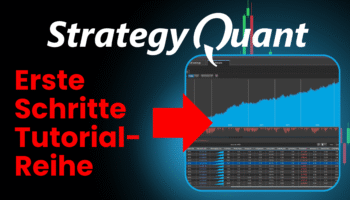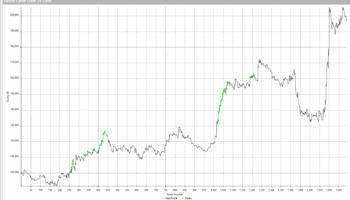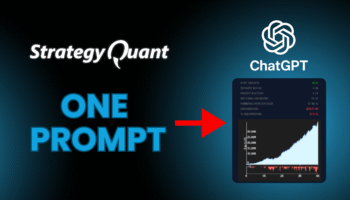When high volatility hits a market or some high-impact fundamental news occur, market price tends to change significantly. To protect market stability and participants exchanges use mechanisms called “circuit breakers” or “limit moves”. These mechanisms can vary depending on a product traded but this kind of protection is especially valid in futures or stocks markets where exchanges apply rules for a maximum market price move that can happen in a single day. Actually there is a slight difference between the circuit breaker and the limit move that we will explain.
Commodity traders are familiar with the concept of a limit move since it has existed in futures markets for ages. The limit move does not halt trading of the commodity but instead suspends price moves further beyond a predefined limit. Traders may not buy above the high limit and cannot sell below the low limit. The limit move boundaries are derived using previous day’s closing price. The exchange then defines limit prices for the next day session by adding and subtracting this limit move range to create limit up and down prices.
For commodities like agricultural products exchanges use a maximum price change allowed. For example the Lean hogs (HE) (see the market specification) has a current limit price set to $0.045. It can be extended by the exchange if necessary.
For markets like futures indexes it is slightly more complicated since it is derived from rules applied in the stock market. For example the e-mini S&P 500 price limits are series of price fluctuation limits based on a reference price. In the case of E-mini S&P 500 (ES) (see the market specification), the reference price is based on the previous trading day’s volume-weighted Average Price (“VWAP”) of the lead (front) month E-mini S&P 500 futures contract determined between 2:59:30 p.m.—3:00 p.m. US Central Time (CT). Equity price limits are downside limits during U.S. trading hours, with hard upside and downside limits of 5% during non-U.S. trading hours.
The limits are split into multiple parts:
Between 5:00 p.m. to 8:30 a.m. (sometimes called “pre-market”) there is a hard upside and downside limit of 5% from 5:00 p.m. to 8:30 a.m. The midpoint of the 5% limit is based on the 3:00 p.m. futures fixing price. The width of the 5% limit is based on 5% of the S&P 500 Index value at 3:00 p.m.
From 8:30 a.m. to 2:25 p.m.,there are successive price limits corresponding to 7%, 13%, and 20% declines below the previous trading day’s reference price (Level 1, 2 and 3). Between 2:25 p.m. until the 3:00 p.m the limit is 20% decline and after 3:00 p.m. until the end of the current trading day at 4:00 p.m., there is a hard upside and downside limit of 5% based on the 3:00 p.m. reference price. The downside price limit, however, is either 5% below the 3:00 p.m. reference price OR the 20% price limit that applied before 3:00 p.m., whichever is closer to the 3 p.m. price.
There also a difference between whether trading in the market is halted (paused) or allowed to continue trading within price limit boundaries. Trading halts for E-mini S&P 500 futures and options occur if, and only if, a NYSE Rule 80B trading halt is enacted in the cash equity market due to a 7%, 13%, or 20% downside move in the underlying S&P 500 Index relative to its previous closing price
Quite complex, right? Each limit has its specification on what happens in the market after reaching it. You can find the complete information on what happens once the market hits each level on the CME website https://www.cmegroup.com/trading/equity-index/faq-sp-500-price-limits.html
What to do during limit moves
When trading futures contracts, you need to be aware of these limits and study each contract specifications and be prepared such event can occur. You can find all information about price limits for futures contacts on the exchange website https://www.cmegroup.com/trading/price-limits.html.
Simply put when there is a limit up or down move in a futures contract you are not allow to buy higher than limit up price or sell lower than limit down price so your order will not be accepted. When such events starts occurring in a market you trade you might consider suspending your trading activity temporarily since there is a substantial risk involved with higher volatility and market moves. Also there is a higher chance the very next day a market opens with a significant gap. If your stop-loss price is around the current day limit price specified you can get a large slippage next day after market opens hence a lot larger loss for your open trade.
Other limits when trading futures
There are other limits applied when trading futures which are not as important as the limit move for futures traders but you should be aware of them too. For example an exercise limit or a position limit that represents the amount of contracts a trade may purchase and cannot exceed. Most position limits are set very high for a retail trader, but they are in a place to provide stability in financial markets.



